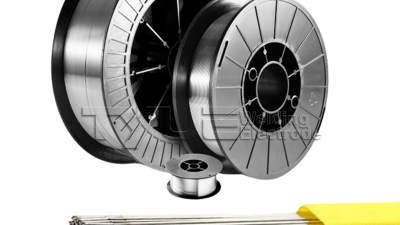Innovative Solutions for Enhancing Your Stainless Mig Welding Efficiency
Table of Contents
- Understanding the Basics of Stainless MIG Welding Efficiency Enhancements
- Choosing the Right Equipment for Optimal Stainless MIG Welding Performance
- Techniques for Optimizing Wire Feed Speed and Voltage Settings
- Implementing Effective Welding Techniques for Stainless Steel
- Common Mistakes to Avoid in Stainless MIG Welding Efficiency
- Maintenance Best Practices for Prolonging Welding Equipment Lifespan
- Exploring the Advantages of AWS ER347Si Stainless Steel Welding Wire: Insights from the Global Welding Market Report 2023
- FAQS
- Conclusion
- Related Posts
You know, in the world of manufacturing and construction, there's never been a greater need for efficient, top-notch welding processes. I mean, a recent industry report actually points out that the global welding market is expected to hit around 30 billion USD by 2025. That surge is mainly thanks to tech advancements like stainless MIG welding. Here at Wenzhou Tianyu Electronic Co., Ltd., we've been leading the charge for over twenty years, producing high-quality welding electrodes and consumables. Started back in 2000, our focus on excellence—whether it's stainless steel or carbon steel electrodes—shows how much we believe in innovation to boost welding speed and quality. When you have the right tools and techniques, it really helps fabricators step up their game. In this competitive scene, staying on top with innovative solutions isn’t just smart; it’s essential.
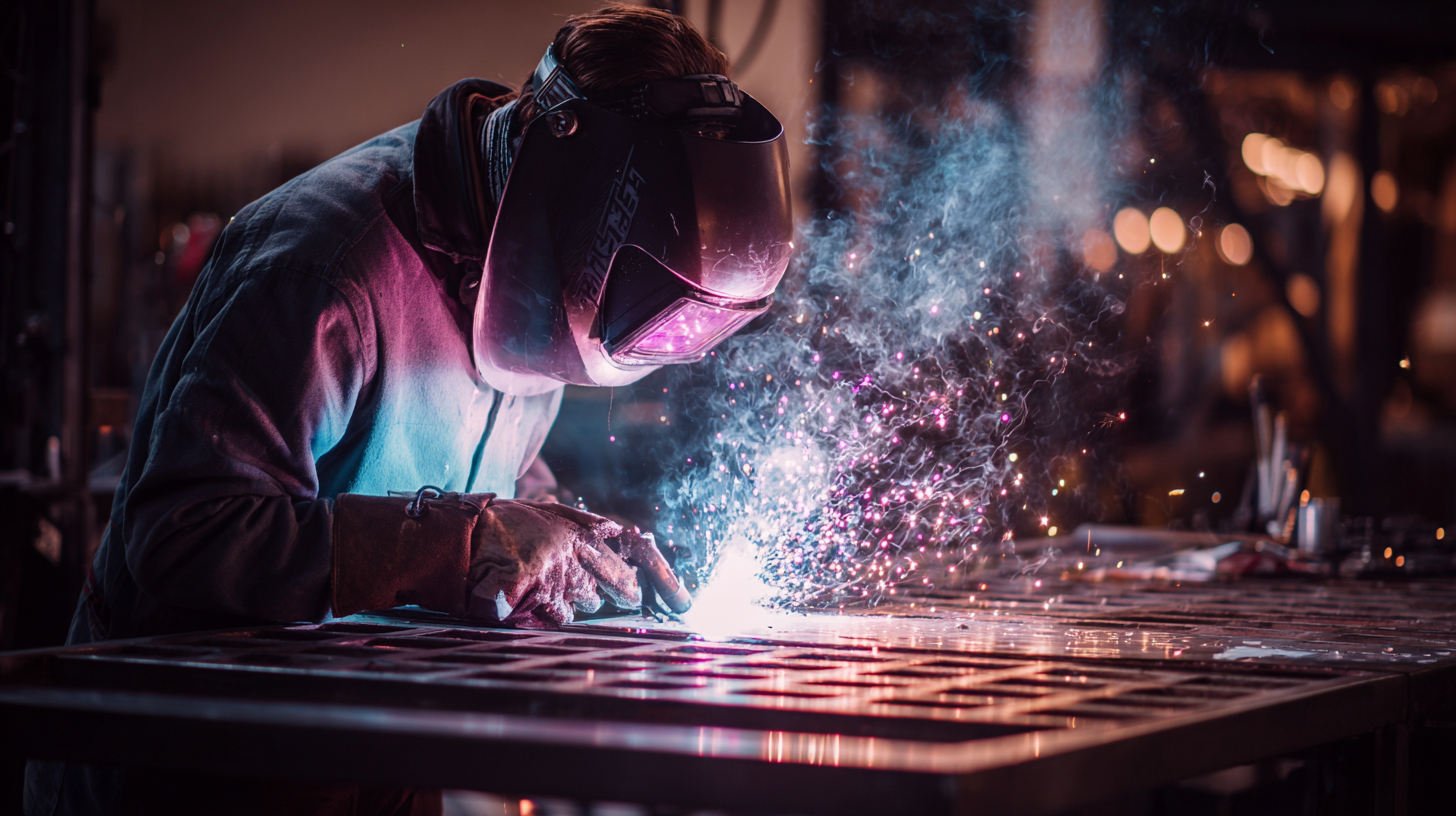
Understanding the Basics of Stainless MIG Welding Efficiency Enhancements
Getting a good handle on how efficient stainless MIG welding is really important if you wanna get those top-notch results, no matter the project. Wenzhou Tianyu Electronic Co., Ltd., is actually a pretty big name in the industry — they’ve been at this for over 20 years, crafting specialized welding consumables that boost your welding game. When it comes down to stainless MIG welding, it’s all about fine-tuning things like voltage and wire feed speed, plus making sure you pick the right filler material. Nail these basics, and you'll see improvements in bead quality and fewer defects showing up.
One trick that’s been making waves is using high-quality stainless steel electrodes. Not only do they keep the arc steadier, but they also give better penetration and cut down on spatter. Honestly, investing in these premium consumables, like the ones Wenzhou Tianyu makes, really pays off—they last longer and help you avoid redoing work. Plus, if you're into advanced stuff like pulse MIG welding, you can better control heat and get things done faster. So, getting into these strategies means your stainless MIG welding isn’t just more efficient — it’s consistently reliable and produces those perfect welds you’re after.
Choosing the Right Equipment for Optimal Stainless MIG Welding Performance
When you're working with stainless MIG welding, picking the right gear really makes all the difference if you want your welds to turn out great. The main piece you wanna focus on is the MIG welder itself—look for one that has a good duty cycle and flexible settings, so it can handle different thicknesses of stainless steel without a hitch. And don’t forget to check if it supports the right wire diameter for your projects, because that’s a big factor in how smooth and solid your welds turn out.
Here’s a little tip: go for a welder that offers advanced controls for voltage and wire feed speed. That way, you can fine-tune your settings depending on the position and material you’re working with, which means more consistent results across the board.
Another thing to keep in mind is the shielding gas you use. For stainless steel, mixing argon with a bit of carbon dioxide usually does the trick—striking a good balance between good penetration and a nice finish. Using high-purity gas is also a smart move, because it can help cut down on contamination and give you cleaner, stronger welds.
And one more tip—make sure to regularly check your gas flow and swap out cylinders when needed. Keeping that flow steady is key to maintaining good shielding, which means your welds will be cleaner and more secure.
Techniques for Optimizing Wire Feed Speed and Voltage Settings
When you're diving into stainless MIG welding, getting your wire feed speed and voltage just right is pretty much essential if you want those welds to turn out top-notch. Basically, the wire feed speed controls how much heat goes into the weld. If you crank it up too high, you'll lay down more filler material faster, but it might make the arc a bit unstable—kind of like trying to keep a candle steady in a breeze. On the flip side, slowing it down gives you better control, so you can make more precise, cleaner welds. Don’t forget, experimenting with different speeds based on how thick your material is and the welding position can really help you find that sweet spot for your project.
Then, there's the voltage—another big player in how your weld turns out. It affects both how wide your weld bead is and how deep the welding penetrates. If you set the voltage higher, you'll get a broader bead with deeper penetration, which is perfect for thicker metals. Lower voltage tends to make narrower beads with less penetration—great if you're working on something more delicate or detailed. Making small tweaks and testing along the way will really help you improve your stainless MIG welds, leading to better results and a more confident welding game.
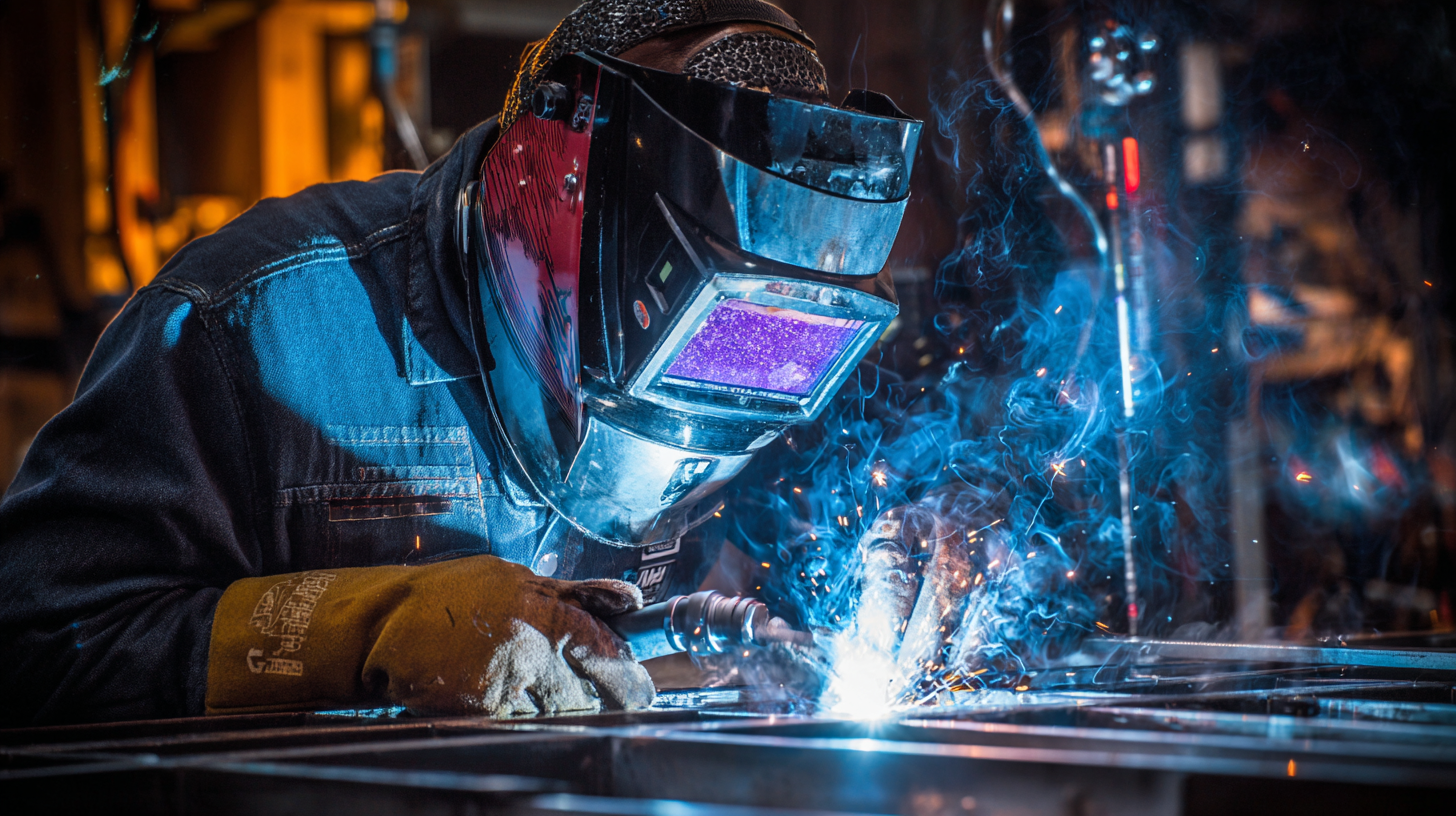
Implementing Effective Welding Techniques for Stainless Steel
When it comes to stainless steel fabrication, using the right welding techniques really makes a difference in how smoothly everything runs. I recently came across an industry report that pointed out something pretty eye-opening: poor welding practices can bump up material waste by about 30%, and they tend to drag out project timelines longer than necessary. So, it’s worth looking into some fresh approaches—stuff like pulse MIG welding, for example. It helps cut down on heat input and makes the weld beads look better, which in turn means less distortion overall.
Here's a tip: always double-check that your welding machine is properly calibrated. That way, you get a steady arc and consistent results, which means fewer reworks. Picking the right shielding gas mix also makes a huge difference. For stainless steel, blending argon with a bit of carbon dioxide can really boost weld quality and lessen the chances of defects.
Another trick that's worth trying is pre-heating your metal before you start welding. It sounds simple, but it can really help prevent cracking and improve how well the weld penetrates. The American Welding Society mentions that pre-heating stainless steel can cut down weld spatter by up to 20%. Plus, paying attention to joint configurations—like V-grooves on thicker materials—can really speed things up and make your welds neater.
One more thing: make sure you keep your equipment in top shape. Regularly inspecting and maintaining tips, nozzles, and other accessories will prevent hiccups during welding and keep everything running smoothly. Bottom line? Embracing these techniques can seriously boost your efficiency when welding stainless steel with MIG. Trust me, it’s worth the effort!
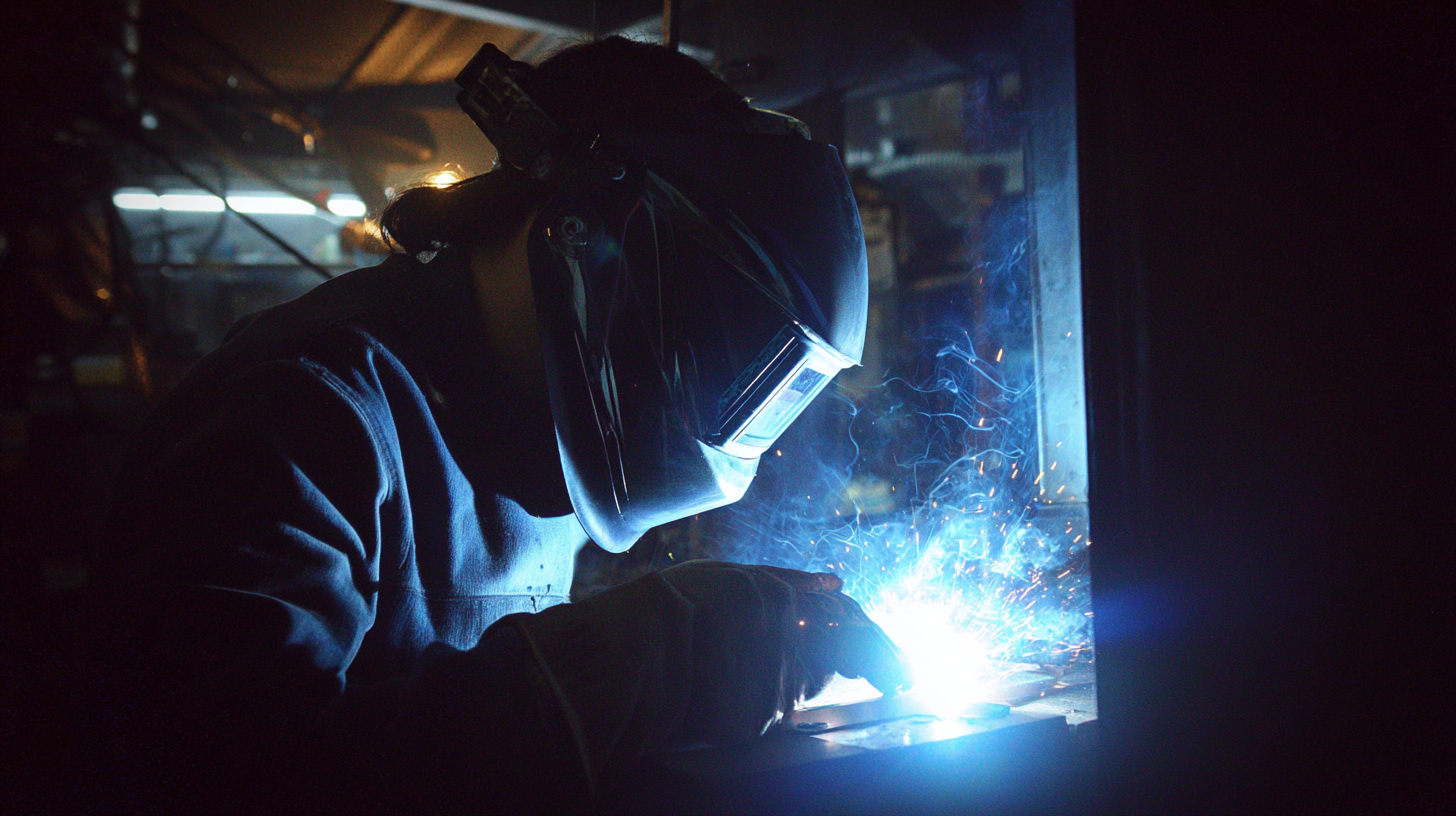
Common Mistakes to Avoid in Stainless MIG Welding Efficiency
Stainless MIG welding can definitely be a bit tricky, and dodging some common mistakes is really the key to making your work more efficient. One thing I see that trips people up a lot is messing around with the voltage and wire feed speed—if those aren’t dialed in right, it can cause poor arc stability and a ton of spatter, which is super frustrating. The American Welding Society actually says that getting these settings right can boost your productivity by up to 30%. Just make sure to check the manufacturer’s guidelines for your specific wire and gas mix because different combinations can totally change how your weld turns out.
Another mistake that folks often overlook is not prepping the stainless steel surface properly. Like, if there’s oil or dirt on the material, it's gonna mess with the weld quality big time. I read a study in the Journal of Materials Engineering, and it showed that skipping proper cleaning can cut your weld strength in half! So, honestly, take the time to clean your workpiece really well before you start welding—that way, your welds will fuse better and you’ll avoid nasty defects.
Pro tip: It’s a good idea to do a quick trial run on some scrap metal first. This helps you fine-tune your settings so you’re not guessing during the real deal.
Another tip: Keep your travel speed and the angle of your torch steady while welding. That helps you create a smooth, even bead, and it stops issues like undercut or overlaps. If you pay attention to these little things, you’ll see a big difference in how efficient and quality your stainless MIG welding turns out. Just stick to these tips, and you’ll be surprised how much easier it gets!
Maintenance Best Practices for Prolonging Welding Equipment Lifespan
Taking good care of your stainless MIG welding equipment is pretty much essential if you want it to perform well and last longer. Honestly, sticking to regular maintenance routines can make a huge difference in how smoothly your welding runs. For starters, make it a habit to check and clean those contact tips and nozzles. If they get clogged or dirty, your welds might end up inconsistent or with poor penetration — nobody wants that! And if you notice any worn-out or broken parts, it’s a good idea to swap them out ASAP so your weld quality doesn’t suffer.
Besides cleaning, don’t forget to check the power cables and their connections. Look for frayed wires or any signs of wear — you’d be surprised how often small issues like these can cause big problems. Make sure everything's tight and secure, too. That not only keeps things safe but also helps electrical stuff work more efficiently, which means less risk of overheating or damage. Oh, and if you work in tough environments, consider applying some anti-corrosion treatment to keep your gear in tip-top shape. Staying ahead of these little things means your equipment stays in great shape longer and you get consistently good results with less hassle.
Exploring the Advantages of AWS ER347Si Stainless Steel Welding Wire: Insights from the Global Welding Market Report 2023
The global welding market is witnessing significant advancements, particularly with the increasing adoption of AWS ER347Si stainless steel welding wire. This material is celebrated for its high cladding efficiency and exceptional welding technical performance across all positions. According to the Global Welding Market Report 2023, the demand for stainless steel welding wires has surged due to their extensive applications in industries such as building structures, vehicle manufacturing, bridge engineering, and more.
One of the standout features of AWS ER347Si welding wire is its ability to provide high-quality welds in challenging environments. This has rendered it a preferred choice for critical applications in sectors like oil and gas, where reliability and strength are paramount. Notably, the report highlights that the stainless steel welding sector is expected to grow at a CAGR of 5.2% from 2023 to 2028, driven by the increasing focus on infrastructure development and the rising need for durable materials in construction and machinery.
Moreover, industries are increasingly recognizing the advantages of using AWS ER347Si welding wire for its ability to enhance productivity and reduce downtime. The wire's versatility allows it to be deployed effectively in various applications, including mining machinery and power equipment, thus meeting the diverse needs of the market. With its superior corrosion resistance and mechanical properties, AWS ER347Si positions itself as a leading solution in the ever-evolving landscape of welding technology.
FAQS
: Look for a MIG welder with a high duty cycle and versatile settings that can handle various stainless steel thicknesses.
The wire diameter is crucial as it significantly influences the quality of your welds; ensure your welder accommodates the appropriate diameter for your projects.
A mix of argon and carbon dioxide usually works best for stainless steel, balancing penetration and appearance.
Regularly check your gas flow rates, and replace gas cylinders promptly to ensure a cleaner and stronger weld.
Implementing effective welding techniques, such as pulse MIG welding, can significantly reduce heat input and decrease material wastage.
Pre-heating stainless steel can prevent cracking, improve penetration, and decrease weld spatter by up to 20%.
Proper joint configurations, like using a V-groove for thicker materials, can streamline your welding process and enhance efficiency.
Always ensure your welding machine is calibrated correctly and regularly inspect and maintain your equipment, including tips and nozzles.
Using a blend of argon and carbon dioxide enhances weld quality and minimizes the risks of defects during stainless steel welding.
Advanced controls for voltage and wire feed speed help you fine-tune settings for different positions and materials, providing greater consistency in your welds.
Conclusion
When it comes to Stainless MIG Welding, getting the most out of your setup is super important if you want those high-quality results. Honestly, understanding the basics of boosting welding efficiency is kind of the foundation every welder needs to build on. This blog dives into some crucial stuff—like choosing the right equipment, which can really make a difference in your performance, and tweaking wire feed speeds and voltage settings to get the best possible output. Plus, it’s all about practicing good welding techniques and knowing what common mistakes to watch out for—because that’s how you end up with stronger, cleaner welds.
On top of that, don’t forget that regular maintenance of your welding gear is a game-changer. It helps your equipment last longer and keeps it performing smoothly over time. With over 22 years of hands-on experience making top-notch welding electrodes and consumables, Wenzhou Tianyu Electronic Co., Ltd. is all about providing innovative solutions that boost your Stainless MIG Welding game. They’re here to help you meet industry standards and nail every project with confidence.
Related Posts
-

Envisioning Tomorrow: The Evolution of Welding Wire Technology
-

Unmatched Quality of Best Aluminum Welding Electrode from China to the World
-

Mastering Global Trade Compliance for Best 6011 Welding Rods with Essential Certification Insights
-
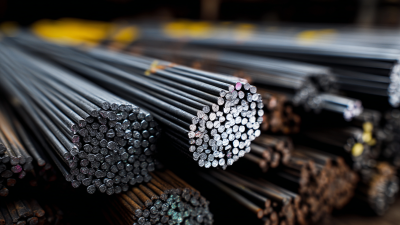
Solutions for Enhancing Welding Quality with 6010 Welding Rod
-

Discover Premium Tig Welding Wire: A Global Leader in Quality Manufacturing from China
-

Top Strategies for Achieving Optimal Results with Best Welding Me Techniques
Blog Tags:


